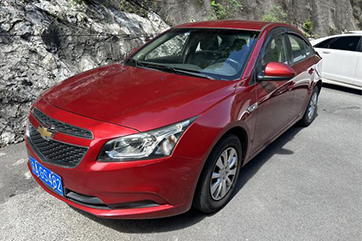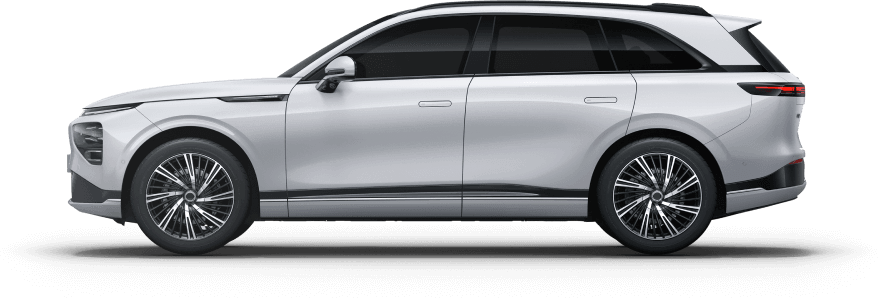2025 is hailed as the inaugural year for solid-state batteries in vehicles. With technological breakthroughs from global giants including the Chinese Academy of Sciences, Farasis Energy, Toyota, and CATL, the range limitations of new energy vehicles are being fundamentally rewritten. Doubled energy density, rapid charging rivalling refuelling, and no degradation at low temperatures – a revolution in battery technology is quietly reshaping the mobility ecosystem.
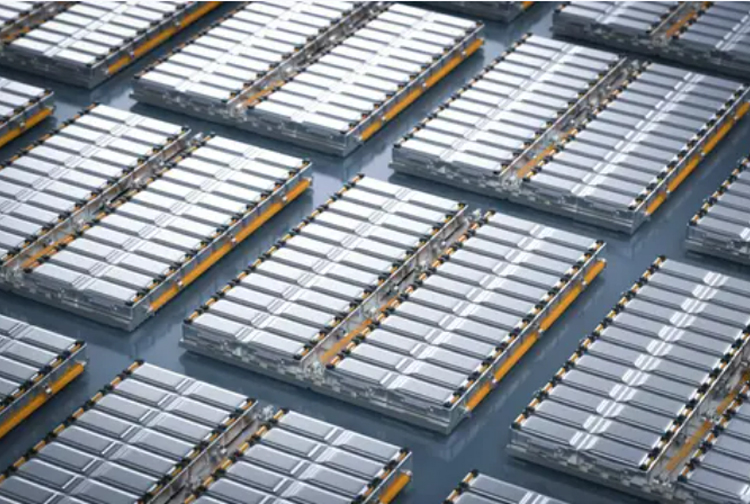
I. Technological Breakthroughs: Three Core Advances Unlock the ‘Range Code’
The key to doubling range with solid-state batteries lies in a leap in energy density, underpinned by precise solutions to three major technical challenges facing traditional lithium batteries.
(1) Interface Challenges Finally Overcome
The longstanding ‘ceramic and plasticine’ interface problem plaguing the industry has been resolved.
The ‘iodine ion adhesive’ technology developed by the Institute of Physics, Chinese Academy of Sciences enables perfect bonding between the hard, brittle sulphide electrolyte and the soft metallic lithium anode. Under an electric field, iodine ions actively fill micro-gaps to form a highly dense conductive layer, boosting active material utilisation by over 30%.
Concurrently, Tsinghua University's ‘fluorine-reinforced’ technology forms a protective shell on the electrolyte surface, achieving zero explosions and zero fires during 120°C high-temperature needle penetration tests.
(2) Comprehensive Material System Upgrades
Anode Revolution: Advancement from silicon-carbon anodes to ultra-thin metallic lithium foil (10-20μm) increases lithium storage capacity tenfold; Farasis Energy's first-generation all-solid-state battery achieves 400 Wh/kg energy density.
Electrolyte breakthrough: Sulphide conductivity enhanced to 5×10⁻³ S/cm, tripling ion transport speed and significantly boosting fast-charging performance.
Flexible framework innovation: The polymeric framework developed by the Chinese Academy of Sciences' Institute of Metal enables batteries to withstand 20,000 bending cycles without damage, increasing energy storage capacity by 86%.
(3) Leapfrog Advancement in Energy Density
Conventional ternary lithium batteries offer merely 250-300 Wh/kg, whereas semi-solid-state batteries now reach 350-450 Wh/kg, with all-solid-state variants surpassing 500 Wh/kg.
Chery Kunpeng has set its sights on 600 Wh/kg, implying future saloon cars could effortlessly exceed 1,500 kilometres of range.
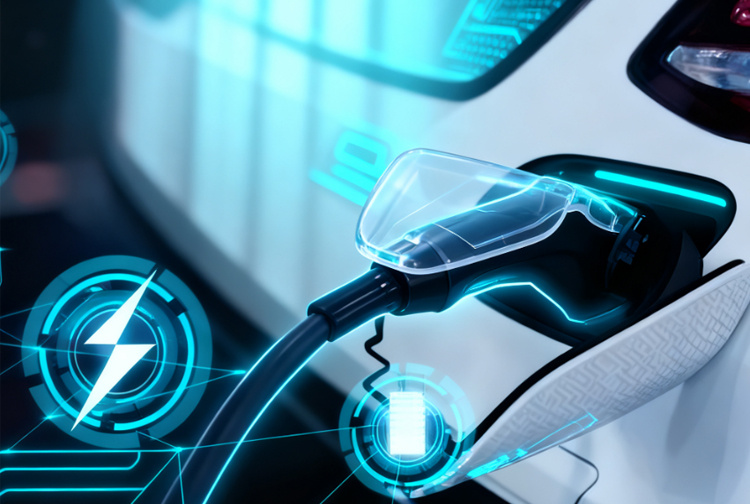
II. Field Validation: Dual Revolution in Range and Fast Charging
(1) First Practical Breakthrough in 1,000+ km Range
The IM L6 Light-Year Edition features a 123.7kWh semi-solid-state battery pack with 368Wh/kg energy density, achieving a CLTC range of 1,002 kilometres.
In real-world testing, a Shenzhen ride-hailing driver maintained 200 kilometres of range after 12 consecutive hours of operation, definitively eliminating range anxiety.
Upgrading to Farasis' 500Wh/kg all-solid-state variant would extend range beyond 1,400 kilometres.
(2) Fast-charging speed rivals refuelling
Thanks to its high-conductivity electrolyte, the IM L6 achieves a peak charging power of 400kW—replenishing 400 kilometres of range in 12 minutes, with a 15% to 80% charge taking merely the time to prepare instant noodles.
Samsung SDI announced its 2027 mass-produced batteries will reach 80% charge in 9 minutes, with a cycle life spanning 20 years.
(3) Unfazed by extreme conditions
Solid Power's all-solid-state batteries retain 70% capacity at -40°C and over 80% at -20°C, completely resolving lithium batteries' winter range halving issue.
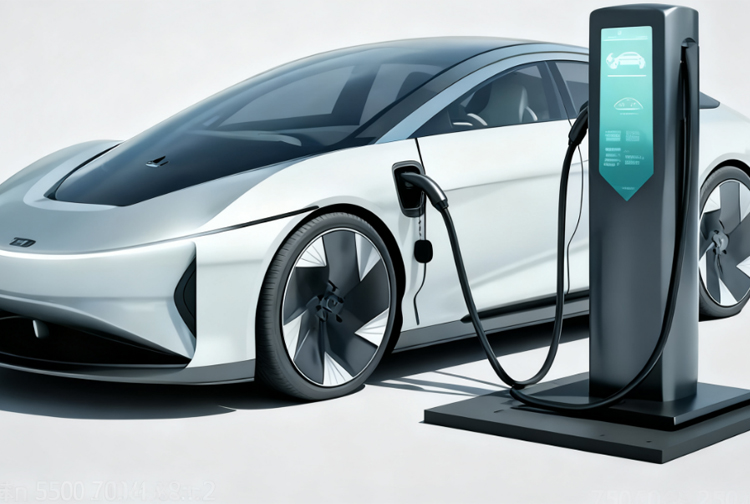
III. Industrial race: Mass production set to explode by 2027
(1) Chinese contingent accelerates comprehensively
Farasis Energy: First-generation all-solid-state batteries to be delivered by year-end, targeting 500 Wh/kg energy density by 2026.
CATL: Anticipated small-scale mass production by 2027, with technology maturity now at 4/9.
BYD, GAC, SAIC: Plan to integrate all-solid-state batteries by 2026-2027, each achieving over 1,000 km range.
(2) International Giants Securing Strategic Positions
Toyota: Holds over 1,300 solid-state patents, receives ¥120 billion Japanese government funding, to launch first all-solid-state vehicle in 2027.
Mercedes-Benz × Factorial Energy: Developing ‘Solstice’ battery, targeting 2030 mass production with 80% range enhancement.
(3) Commercialisation Costs Remain a Challenge
Semi-solid-state batteries cost approximately ¥1.2/Wh (40% lower than all-solid-state), compatible with existing production lines and achieving 85% yield rates;
All-solid-state batteries, however, have yield rates of only 60% and costs as high as ¥2/Wh, with mass production process bottlenecks still requiring resolution.
IV. Future Implications: Range Revolution Reshapes Mobility Ecosystem
The widespread adoption of solid-state batteries signifies not only that new energy vehicles will surpass conventional petrol cars in range, but will also catalyse the emergence of new industries such as electric aviation, low-altitude mobility, and energy storage.
The demand structure for lithium resources will be reshaped, presenting new opportunities for lithium metal purification and safe recycling technologies.
For consumers, 2026-2027 will mark a golden window for vehicle purchases: as semi-solid-state models become more affordable and fully solid-state technology matures, range anxiety will become a thing of the past.




.jpg)
.jpg)
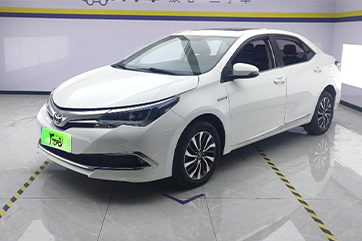
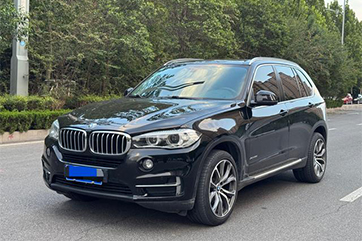
.jpg)
